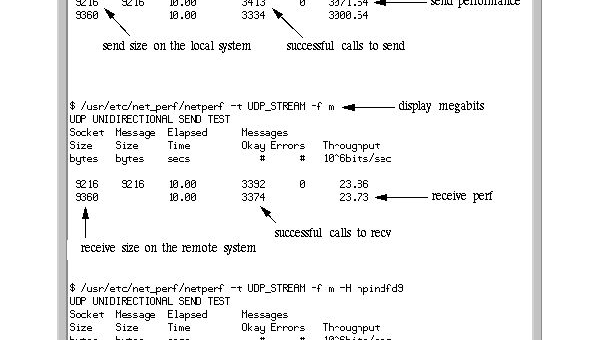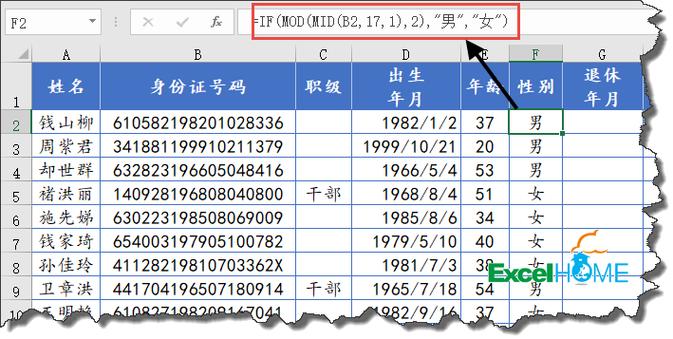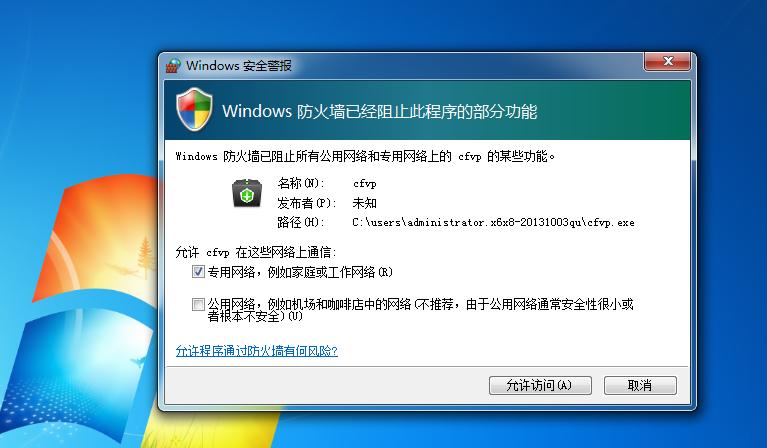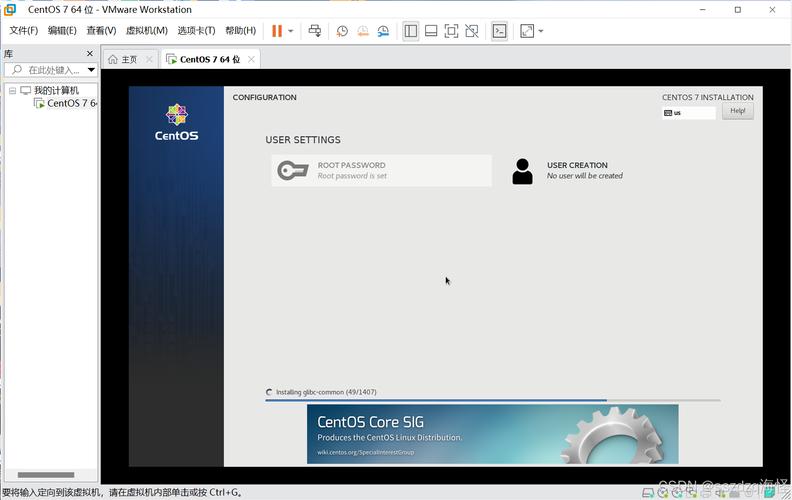引言
在现代软件架构中,系统间的数据交互变得越来越重要。python和java作为两种流行的编程语言,在企业级应用中常常需要实现跨语言的数据交互。本报告将详细介绍如何在django python项目中调用java数据接口,特别关注增删改查(crud)操作的实现方式。通过本文,读者将了解接口定义的最佳实践、实现方法以及一些高级特性。
接口定义规范
接口设计原则
在设计python项目与java数据接口 交互时,需要遵循以下原则:
- 一致性:确保所有接口遵循相同的命名约定和参数传递规则
- 幂等性:对于查询类接口,应设计为幂等操作,确保重复调用不会产生副作用
- 参数化:为接口设计合理的参数,使接口具有灵活性和可复用性
- 错误处理:定义统一的错误处理机制,便于客户端理解和处理异常情况
基本接口结构
一个完整的接口定义应包含以下要素:
- uri路径:接口访问路径,通常采用restful风格设计
- http方法:get、post、put、delete等http方法
- 请求参数:查询参数、路径参数或请求体参数
- 响应格式:通常为json格式,包含状态码、数据和错误信息
接口定义示例
1. 查询所有省份
{
"interface": {
"name": "查询所有省份",
"method": "get",
"path": "/api/provinces/",
"parameters": [],
"response": {
"schema": {
"type": "object",
"properties": {
"data": {
"type": "array",
"items": {"type": "string"}
},
"timestamp": {"type": "string", "format": "date-time"}
}
},
"example": {
"data": ["广东省", "江苏省", "浙江省", ...],
"timestamp": "2025-04-17t18:27:30z"
}
}
}
}
2. 按条件查询notice列表
{
"interface": {
"name": "按条件查询notice列表",
"method": "get",
"path": "/api/notices/",
"parameters": [
{"name": "province", "type": "string", "description": "省份名称", "in": "query"},
{"name": "publishdate", "type": "string", "description": "发布时间,格式:yyyy-mm-dd", "in": "query"},
{"name": "doctype", "type": "string", "description": "文档类型", "in": "query"}
],
"response": {
"schema": {
"type": "object",
"properties": {
"data": {
"type": "array",
"items": {
"type": "object",
"properties": {
"id": {"type": "integer"},
"title": {"type": "string"},
"province": {"type": "string"},
"publishdate": {"type": "string", "format": "date"},
"doctype": {"type": "string"}
}
}
},
"timestamp": {"type": "string", "format": "date-time"}
}
},
"example": {
"data": [{"id": 123, "title": "某项目招标公告", "province": "广东省", "publishdate": "2025-04-01", "doctype": "招标公告"}],
"timestamp": "2025-04-17t18:27:30z"
}
}
}
}
3. 组合搜索
{
"interface": {
"name": "组合搜索",
"method": "post",
"path": "/api/combined-search/",
"parameters": [],
"request": {
"schema": {
"type": "object",
"properties": {
"filters": {"type": "object", "properties": {"province": {"type": "string"}}, "description": "过滤条件"},
"options": {"type": "object", "properties": {"daysbefore": {"type": "integer"}}, "description": "选项参数"}
}
},
"example": {"filters": {"province": "浙江省"}, "options": {"daysbefore": 7}}
},
"response": {
"schema": {
"type": "object",
"properties": {"notices": {"type": "array", "items": {"$ref": "#/components/schemas/notice"}} // 假设notice是一个定义好的模式
},
"example": {"notices": [{"id": 123, "title": "某项目招标公告", "province": "浙江省", "publishdate": "2025-04-11", "doctype": "招标公告"}]}
}
}
}
接口实现
django视图实现
根据上述接口定义,以下是django视图的实现示例:
# views.py
from django.views.decorators.http import require_http_methods
from django.http import jsonresponse
import json
@require_http_methods(["get"])
def provinces_list(request):
# 调用java接口获取省份列表
provinces = ["广东省", "江苏省", "浙江省"] # 模拟数据
timestamp = "2025-04-17t18:27:30z"
return jsonresponse({"data": provinces, "timestamp": timestamp})
@require_http_methods(["get"])
def notices_list(request):
province = request.get.get("province")
publishdate = request.get.get("publishdate")
doctype = request.get.get("doctype")
# 调用java接口获取notice列表
notices = [{"id": 123, "title": "某项目招标公告", "province": "广东省", "publishdate": "2025-04-01", "doctype": "招标公告"}] # 模拟数据
timestamp = "2025-04-17t18:27:30z"
return jsonresponse({"data": notices, "timestamp": timestamp})
@require_http_methods(["post"])
def combined_search(request):
try:
data = json.loads(request.body)
filters = data.get("filters", {})
options = data.get("options", {})
province = filters.get("province")
daysbefore = options.get("daysbefore")
# 调用java接口进行组合搜索
notices = [{"id": 123, "title": "某项目招标公告", "province": "浙江省", "publishdate": "2025-04-11", "doctype": "招标公告"}] # 模拟数据
return jsonresponse({"notices": notices})
except json.jsondecodeerror:
return jsonresponse({"error": "invalid json format"}, status=400)
url路由配置
在django项目的urls.py中添加以下路由配置:
# urls.py
from django.urls import path
from . import views
urlpatterns = [
path('api/provinces/', views.provinces_list, name='provinces_list'),
path('api/notices/', views.notices_list, name='notices_list'),
path('api/combined-search/', views.combined_search, name='combined_search'),
]
java接口调用
在实际应用中,django视图需要调用java接口。以下是调用java接口的示例代码:
import requests
def call_java_api(url, method, params=none, data=none):
if method == "get":
response = requests.get(url, params=params)
elif method == "post":
response = requests.post(url, json=data)
elif method == "put":
response = requests.put(url, json=data)
elif method == "delete":
response = requests.delete(url)
else:
raise valueerror("unsupported http method")
if response.status_code == 200:
return response.json()
else:
raise exception(f"api call failed: {response.status_code} - {response.text}")
测试与性能
单元测试
以下是针对上述接口的单元测试示例:
# tests.py
from django.test import testcase, client
import json
class apitestcase(testcase):
def setup(self):
self.client = client()
def test_provinces_list(self):
response = self.client.get('/api/provinces/')
self.assertequal(response.status_code, 200)
content = json.loads(response.content)
self.assertin('data', content)
self.assertin('timestamp', content)
def test_notices_list(self):
response = self.client.get('/api/notices/?province=广东省&publishdate=2025-04-01&doctype=招标公告')
self.assertequal(response.status_code, 200)
content = json.loads(response.content)
self.assertin('data', content)
self.assertin('timestamp', content)
def test_combined_search(self):
data = {
"filters": {"province": "浙江省"},
"options": {"daysbefore": 7}
}
response = self.client.post('/api/combined-search/', json.dumps(data), content_type='application/json')
self.assertequal(response.status_code, 200)
content = json.loads(response.content)
self.assertin('notices', content)
性能压测
以下是使用vegeta进行性能压测的命令:
# 使用vegeta进行压力测试 vegeta attack -body testdata/search.json -rate 100/s -duration 30s | vegeta report
监控指标
以下是prometheus监控配置:
# prometheus/config.yml
- job_name: 'djangoapi'
metrics_path: '/metrics'
static_configs:
- targets: ['django:8000']
文档生成
为了生成交互式文档,可以使用drf-spectacular库。以下是配置示例:
# settings.py
installed_apps = [
...
'drf_spectacular',
...
]
spectacular_settings = {
'title': 'django api',
'description': 'django api documentation',
'version': '1.0.0',
'serve_include_schema': false,
'swagger_ui_dist': 'sidecar',
'swagger_ui_favicon_href': 'sidecar',
'redoc_dist': 'sidecar',
}
然后,在视图中使用@extend_schema注解:
# views.py
from drf_spectacular.utils import extend_schema
@extend_schema(
request=none,
responses={
200: {
'type': 'object',
'properties': {
'data': {
'type': 'array',
'items': {'type': 'string'}
},
'timestamp': {'type': 'string', 'format': 'date-time'}
}
}
}
)
def provinces_list(request):
# 接口实现
pass
版本控制
为了实现接口的版本控制,可以在url中添加版本号:
# urls.py
from django.urls import path
from . import views
urlpatterns = [
path('api/v1/provinces/', views.provinces_list, name='provinces_list'),
path('api/v1/notices/', views.notices_list, name='notices_list'),
path('api/v1/combined-search/', views.combined_search, name='combined_search'),
]
安全性考虑
为了提高接口的安全性,可以采取以下措施:
- 认证与授权:使用jwt或oauth2等认证机制
- 输入验证:对用户输入进行验证,防止sql注入和xss攻击
- 速率限制:使用django的ratelimit库限制请求频率
- https:确保接口通过https访问
- cors配置:配置跨域资源共享(cors)
到此这篇关于python调用java数据接口实现crud操作的详细指南的文章就介绍到这了,更多相关python crud操作内容请搜索代码网以前的文章或继续浏览下面的相关文章希望大家以后多多支持代码网!
海报
122






